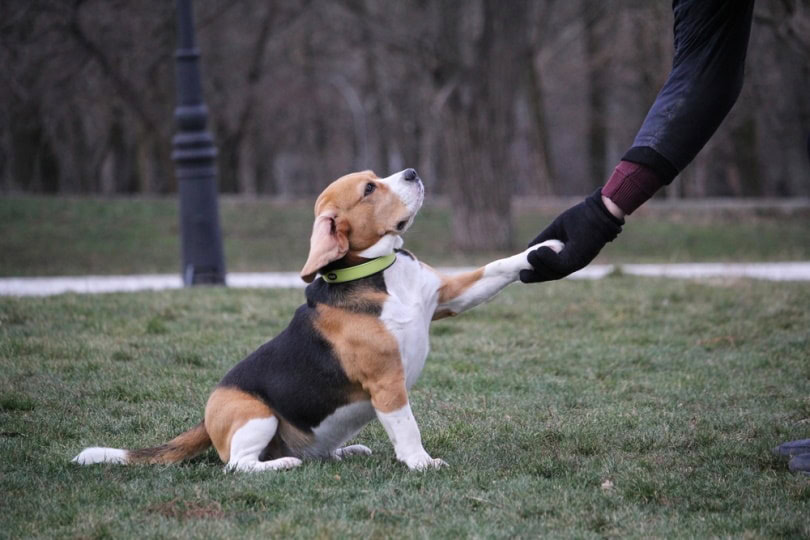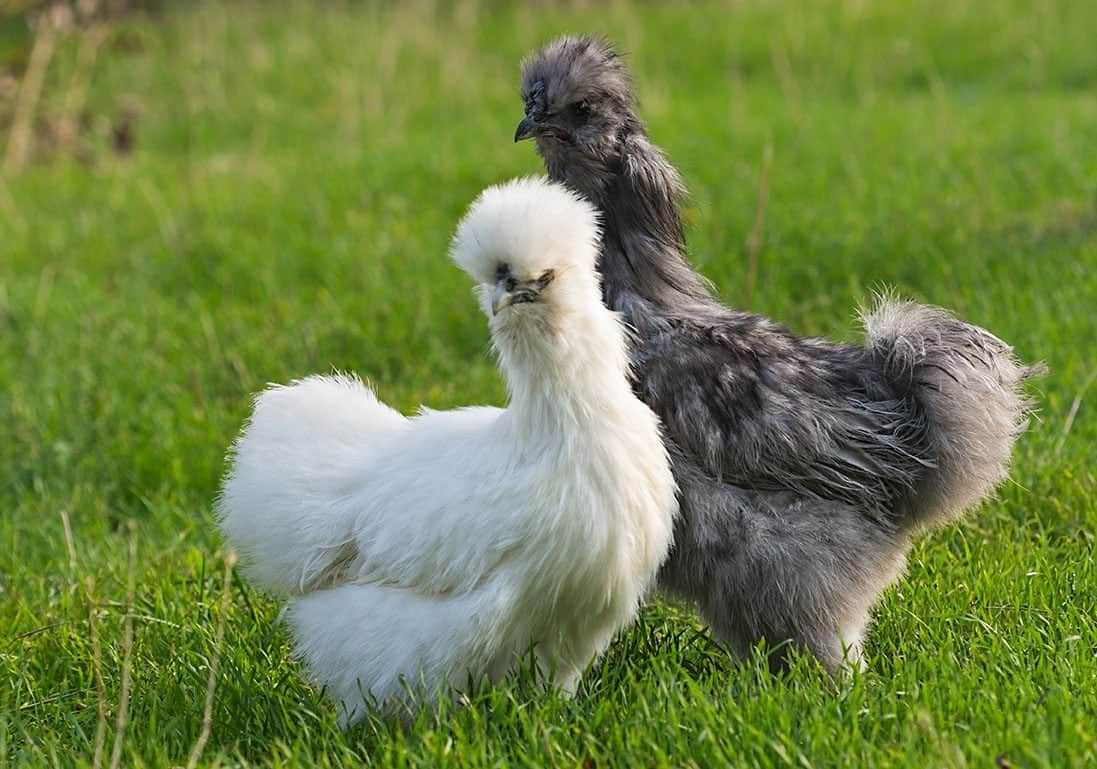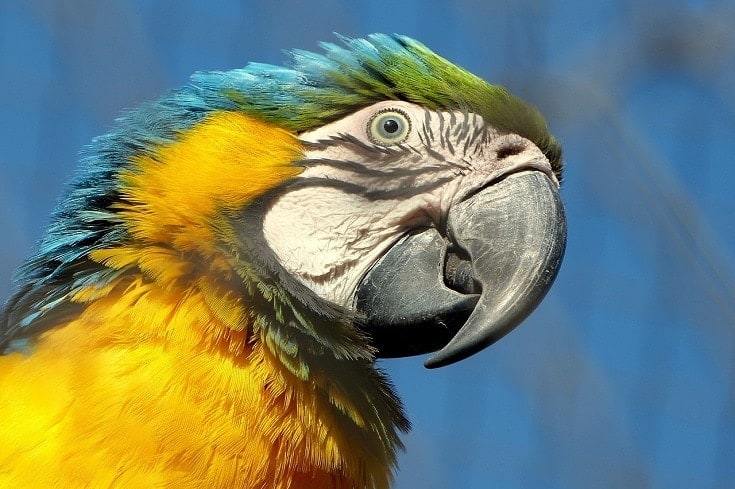Every dog is an individual. Personal history combined with physical capabilities partially determine training ability, but studies have shown that breed also plays a role.1 It’s important to note that certain breeds have personalities that can make training more challenging, though not impossible. Interestingly, a few of these issues may contradict themselves. For example, the easygoing nature of the Bulldog and the enthusiastic energy of the Australian Shepherd both contribute to their easy trainability.
However, as any good canine trainer will tell you, almost every dog can be trained with patience, persistence, and positive reinforcement. Here are 15 dogs that for various reasons, including personality and heritage, may be difficult to train.
Important note: This article has been fact-checked by one of our veterinarians for accuracy. However, the opinions expressed within are those of the author and do not necessarily reflect the views of the veterinarian. The information presented is based on trainability levels as outlined by the American Kennel Club (AKC) and supported by current scientific literature. Keep in mind that every dog is unique, and individual trainability can vary greatly depending on factors like temperament, environment, and training methods.

The 15 Hardest Dog Breeds to Train
1. Afghan Hound
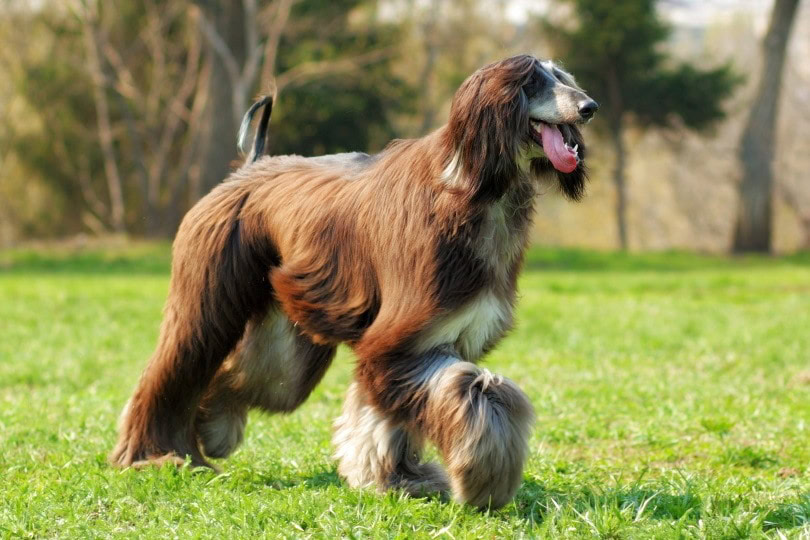
With their elegant snout and sleek, long hair, the Afghan Hound looks like they recently emerged from the beauty parlor on a daily basis. Whether they’re aware of their dazzling appearance is up for debate, but the dog certainly acts like a beauty queen. You might have a hard time training this dog because they act a little aloof, though they’re certainly not hardhearted. An Afghan Hound will loyally stay by your side, even if they don’t always do what you say.
2. Australian Cattle Dog
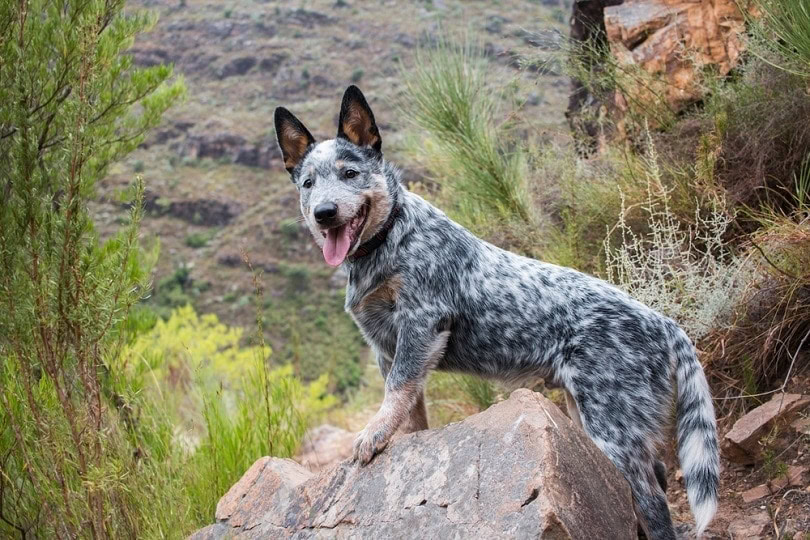
This working dog rounds up high energy and high intelligence into one muscular package that can easily become destructive if they don’t have a job. Hailing from Australia, where they herded sheep, the cattle dog isn’t made for lounging around indoors. You’ll likely need to engage this dog in robust daily exercise and early training to produce the results you desire. Given their strong herding instinct, the Australian Cattle Dog is also known to nip at heels unless they’re trained not to.
3. Australian Shepherd
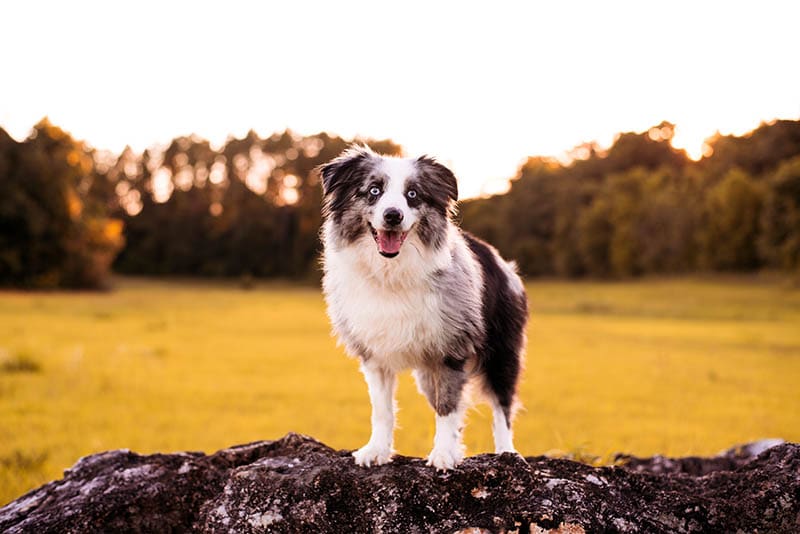
The Australian Shepherd is considered one of the smartest dog breeds in the world, yet training isn’t always an easy task since they’re full of energy. Try to start with small, frequent training sessions to keep this pup engaged.
4. Basenji
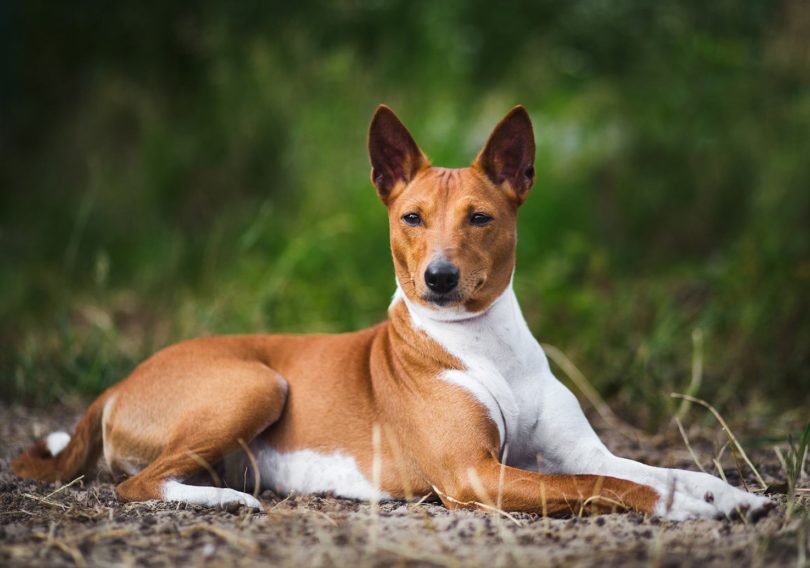
Although this breed has been around since ancient times, it’s unlikely that you’ll find a Basenji on every block. They’re a relatively rare dog that “yodels” instead of barks. Basenjis tend to be highly intelligent and mischievous, so you’ll need to set boundaries while they’re young to curtail any negative behaviors. As with any breed, a bored Basenji is more likely to become a barker or destructive, so make sure they’re receiving enough exercise in the day to tire them out.
5. Basset Hound
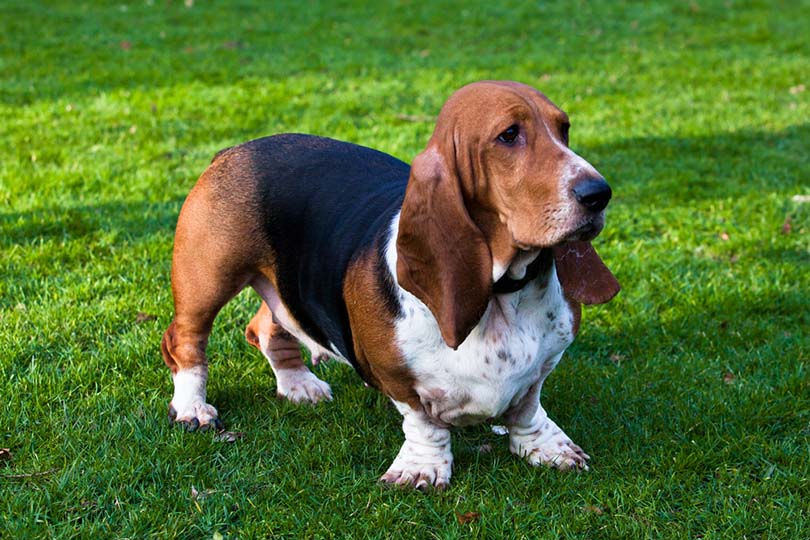
The epitome of laziness, the Basset Hound might not do anything you tell them to do unless it’s their idea, such as chasing a squirrel in your neighbor’s yard. Thankfully, they’re easily motivated by food. Just be sure to use small training treats during your sessions with them because they have a heightened risk of becoming obese.
6. Beagle
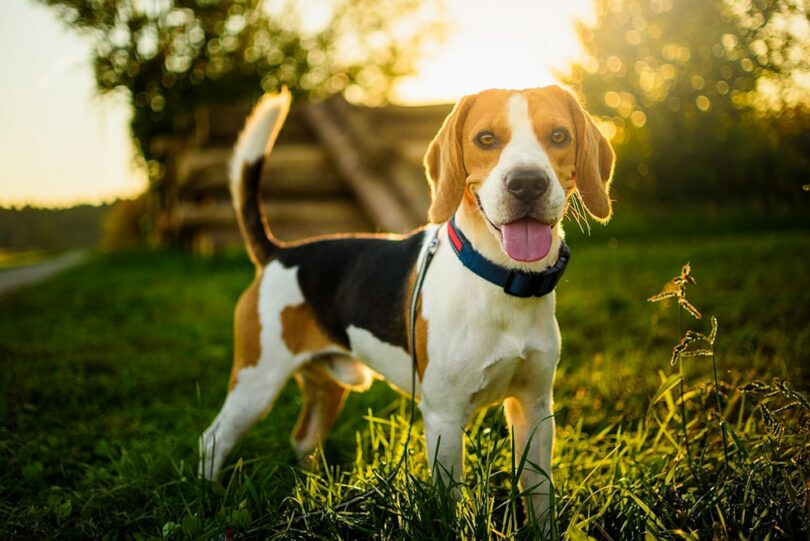
A skilled hunting dog, the Beagle has a predisposition for barking and chasing if they’re not trained. Daily exercise outdoors can help them healthily hone their hunting instincts, so they’re chasing squirrels during playtime instead of barking at them incessantly from the couch.
7. Borzoi
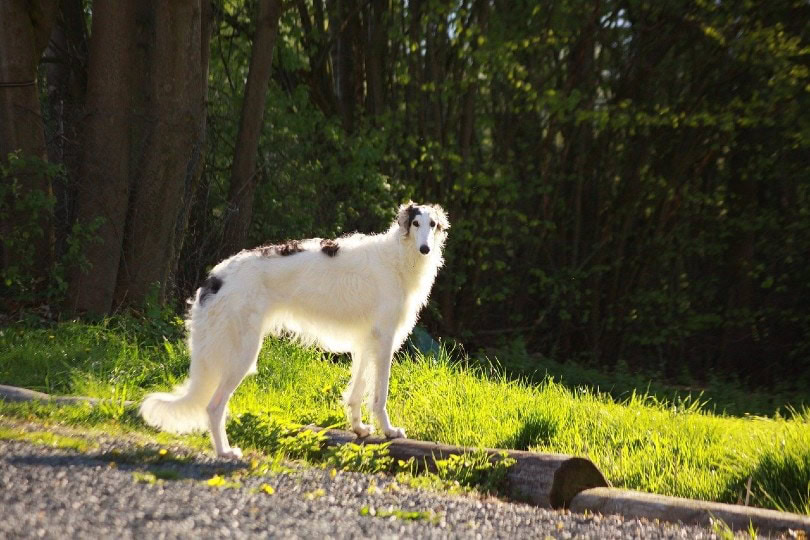
Also known as the Russian Wolfhound, the Borzoi possesses a strong instinct for hunting small prey. They’ll dart off in an instant if allowed to roam off-leash, so always walk them tethered to a harness. Start with short sessions, and don’t forget the treats for when they’ve done well.
8. Bulldog
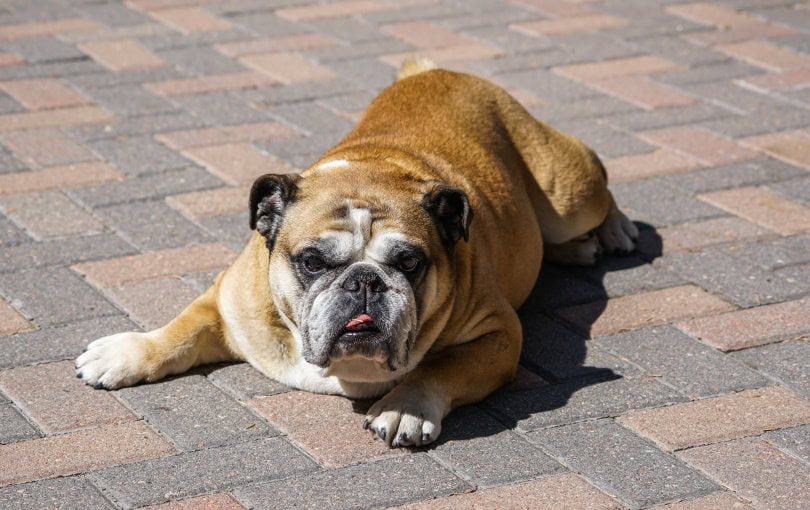
Like the Basset Hound, Bulldogs like nothing better than to chill on the sofa. That’s fine until it’s time to learn some new tricks. Patience and persistence are the keys to success, especially with this low-energy breed.
9. Bullmastiff
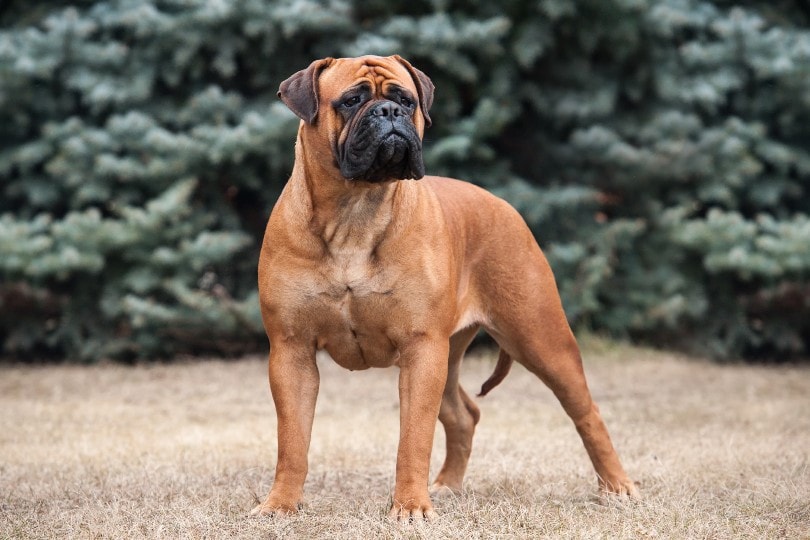
Although you probably won’t catch them sneaking out to run laps around your yard, the Bullmastiff can be challenging to train due to their independent nature. Originally bred to protect estates in Victorian England, they’re natural guard dogs and may be aggressive toward unfamiliar people if not trained properly. Interestingly enough, the Bullmastiff is a cross between the Mastiff and the Old English Bulldog, a breed that’s now extinct but is the ancestor of the Bulldog.
10. Chihuahua
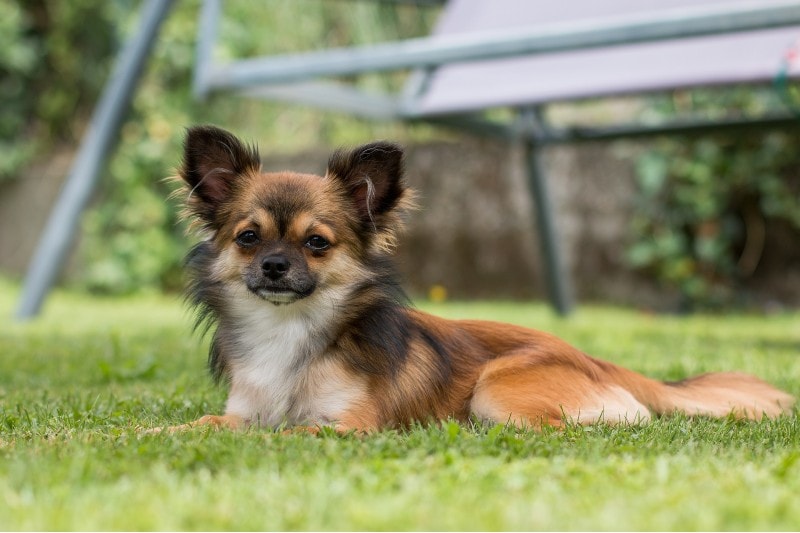
Anyone who’s ever owned a Chihuahua knows that they have a mind of their own. As one of the world’s smallest dogs, they’re also one of the most aggressive. They aren’t afraid to let everyone know that they’re in charge, which is an attitude you’ll have to alter early if you want them properly trained.
11. Chinese Shar Pei
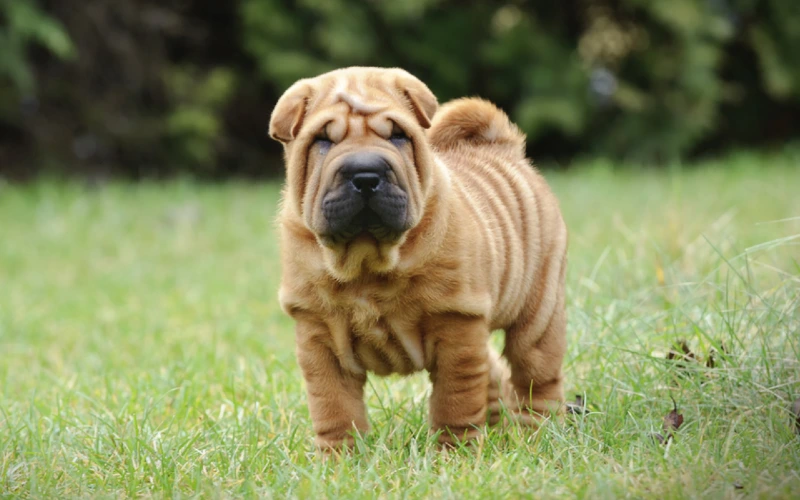
An established breed that has acted as a hunter, guardian, and herder in China since ancient times, the Chinese Shar Pei has a variety of notable job skills. However, as a pet, their high intelligence and independent nature can make them difficult to train.
12. Chow Chow
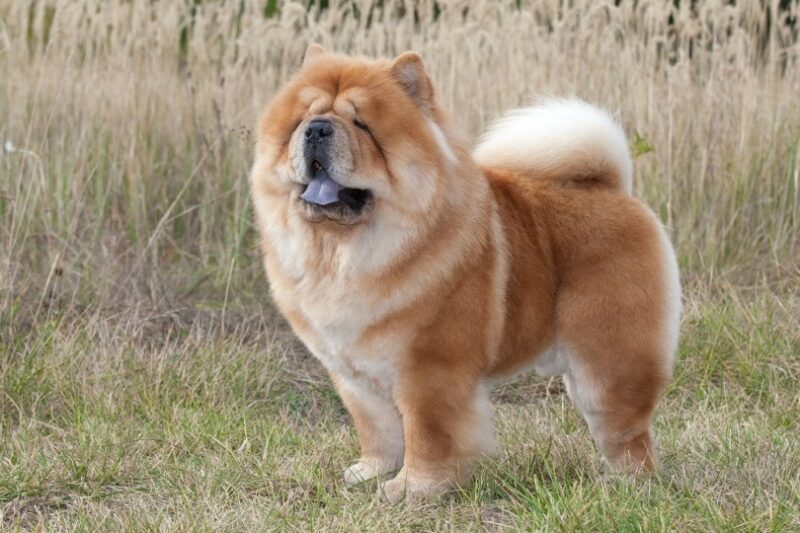
The Chow Chow is certainly not the friendliest dog toward children and may even nip if provoked. Like the Shar Pei, the Chow Chow has been bred for centuries in China, where they first earned their reputation as a royal, dignified dog that tends to bond closely with one human. Thankfully, though, they’re easy to potty-train and are actually considered one of the cleanest breeds.
13. Husky
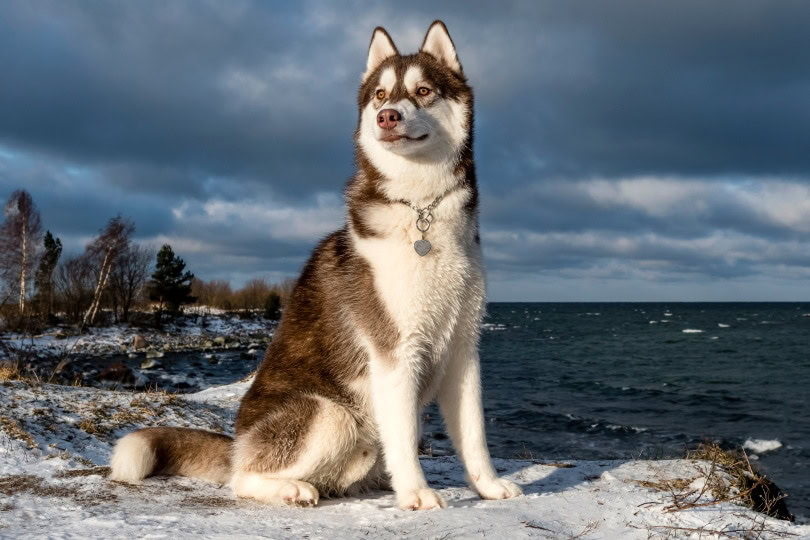
Although they were originally developed as working dogs to pull a sled, Siberian Huskies are notoriously hard to train due to a trifecta of high energy, intelligence, and a high prey drive. You’ll need to begin obedience training early, along with plenty of daily exercise, for this dog to succeed in their role as a pet.
14. Rottweiler
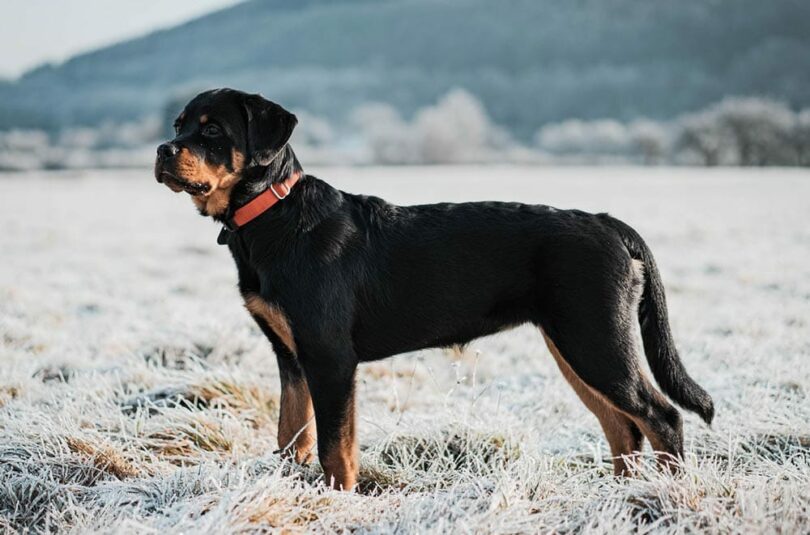
Although they’re one of the most intelligent breeds, Rottweilers can be a bit stubborn and aloof. Early training is crucial, especially since they’re bigger dogs that can pull you on a leash.
15. St. Bernard
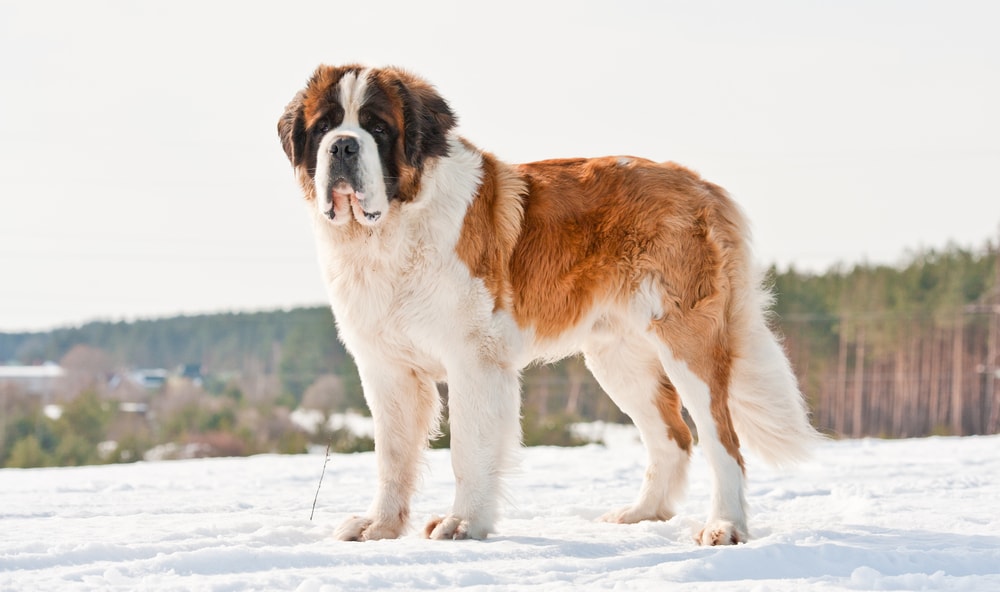
This giant-loving breed is great with children and highly intelligent but can be independent. Training early should help them learn to obey commands. Otherwise, they don’t have any serious behavioral problems. St. Bernards tend to be gentle and fairly laidback.

Final Thoughts
Although some breeds are generally harder to train than others, each dog poses their own strengths and challenges when it comes to learning. Always train your puppy as soon as possible to curtail any undesirable behaviors while they’re young. Remember, barking and running are vital canine characteristics and aren’t intrinsically bad. Making sure your dog has a healthy outlet for these behaviors, such as daily exercise outdoors, can help prevent them from becoming destructive or excessively vocal.
- https://www.akc.org/dog-breeds/afghan-hound/
- https://www.petmd.com/dog/breeds/basset-hound
- https://www.dogster.com/dog-breeds/bullmastiff
- https://www.aspcapetinsurance.com/resources/chow-chow/
- https://www.dogster.com/dog-breeds/are-rottweilers-smart
- https://www.akc.org/dog-breeds/st-bernard/
- https://topdogtips.com/hard-to-train-dogs/
- https://usserviceanimals.org/blog/hardest-dogs-to-train/
- https://www.hepper.com/hardest-dog-breeds-to-train/
Featured Image Credit: Madeeva_11, Shutterstock
